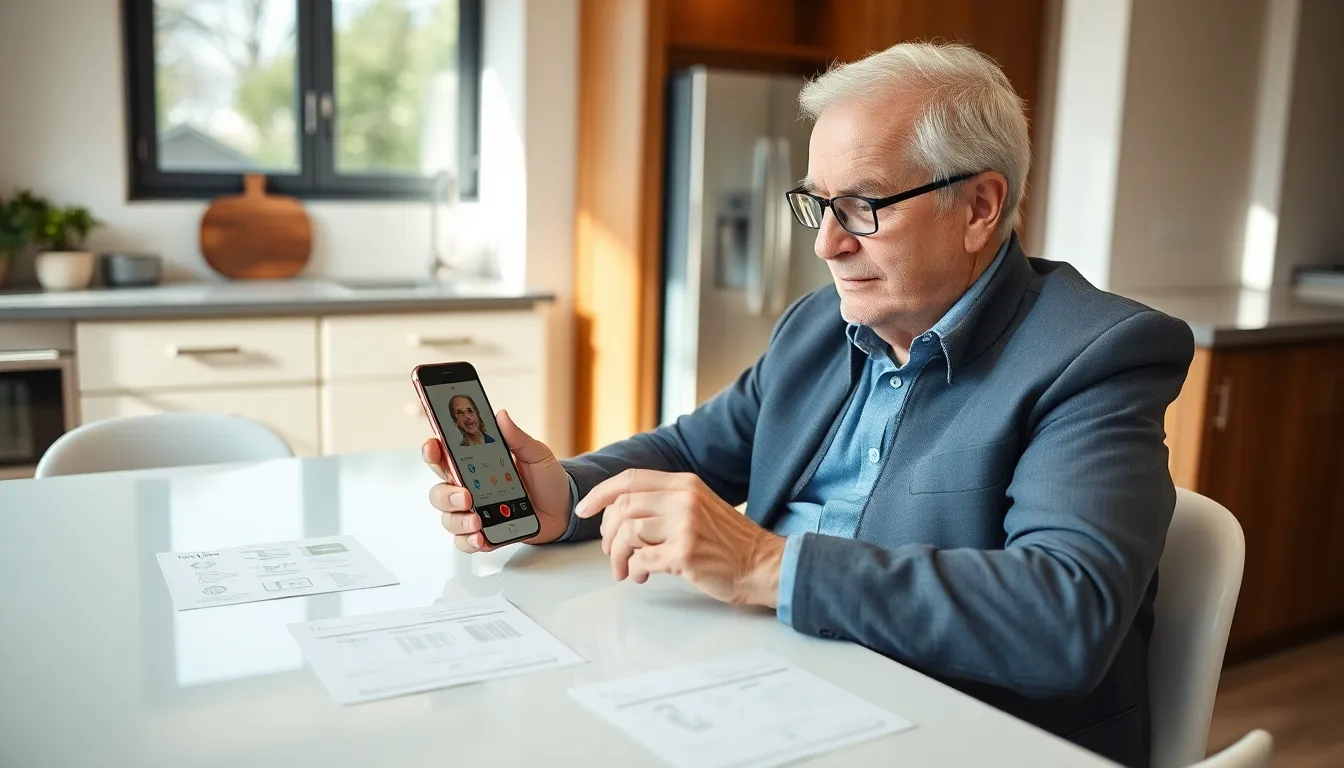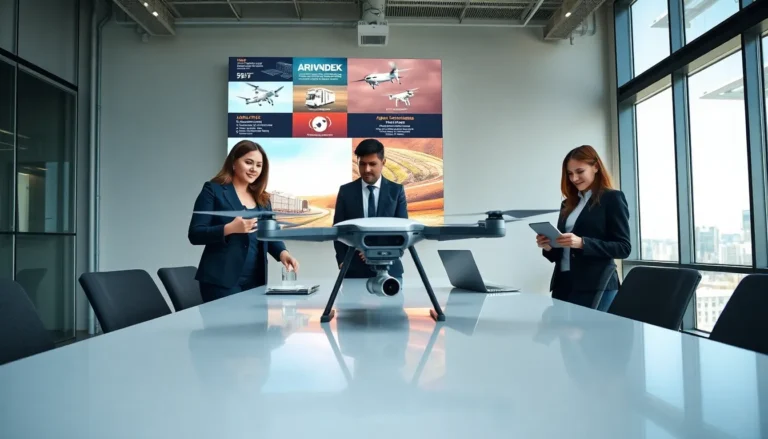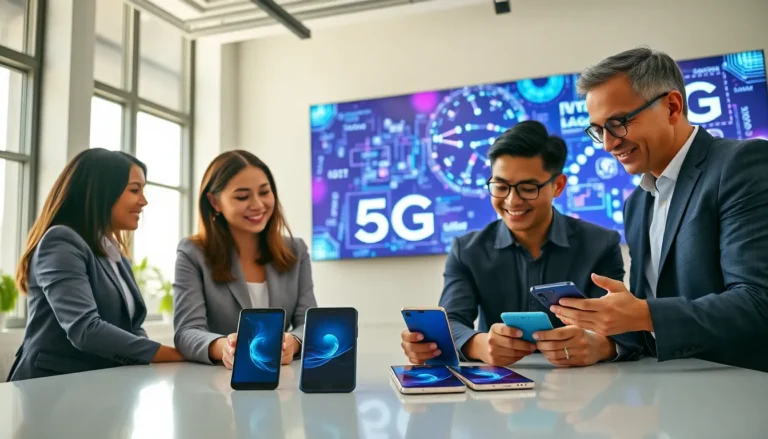Table of Contents
ToggleHave you ever watched your parents or grandparents struggle with technology? It’s a comedy of errors waiting to happen, isn’t it? Luckily, there’s a silver lining: phones specifically designed for older adults. These gadgets don’t just make calls: they bridge generational gaps. So, if you’re on a quest to find the perfect mobile device for the seniors in your life, look no further. This guide dives into the world of old people phones and uncovers the best options that check all the boxes, ease of use, functionality, and of course, a sprinkle of style.
Understanding the Needs of Seniors in Mobile Technology

When it comes to choosing mobile technology for seniors, it’s crucial to understand their unique needs. For starters, many older adults may not have grown up with cell phones or the internet, creating a gap in their comfort with technology. As a result, they often prefer devices that are straightforward, with minimal complications or distractions.
This often means larger buttons, clear displays, and simplified menus. Think about it this way: A phone that resembles a spaceship isn’t going to win any popularity contests among those who just want to check in with family or manage simple tasks like appointments.
Also, considerations about accessibility come into play. Many seniors may face vision impairments, dexterity issues, or even cognitive challenges. Phones catering to older adults often incorporate visual and auditory aids, allowing users to choose larger text sizes and adjust volume levels with ease. Understanding these preferences ensures that seniors feel confident and independent, rather than frustrated or overwhelmed.
Features to Look for in Phones for Older Adults
While it’s easy to get swept up in the latest smartphone trends, the features that cater to seniors differ significantly from those marketed to the general population. Here’s a handy checklist of must-haves when searching for phones aimed at older adults.
1. Large Buttons and Display: A bigger keyboard and screen not only make dialing easier but also reduce the chances of errors. This becomes invaluable for those with limited dexterity or eyesight.
2. Clear Audio: Good sound quality can make a world of difference. Seniors often have a harder time hearing calls, so look for phones with adjustable volume settings.
3. Emergency Features: Safety is paramount. Look for phones that offer emergency buttons, which can connect users with help at the press of a single button.
4. Simple User Interface: A clutter-free, intuitive interface is essential. Phones designed for seniors typically feature basic home screens and simplified navigation.
5. Long Battery Life: Forgetting to charge their phone should never be a barrier to connectivity. A phone with a robust battery can keep seniors linked to their loved ones for longer periods.
Top Phones for Seniors in 2025
As technology continues to evolve, many companies have dedicated themselves to developing devices specifically for seniors. Here’s a rundown of some top picks for 2025.
Comparison of Popular Models
- Jitterbug Flip 2: This phone stands out for its easy-to-read display and large buttons. It also features an emergency button, making it a terrific choice for safety-minded seniors.
- GrandPad: Designed like a tablet, this device offers video calling along with essential apps, providing a more interactive experience.
- Doro 7050: With its durable design, the Doro 7050 is perfect for those who may be prone to dropping their phone. Its large icons and clear menus simplify mobile tasks.
User Feedback and Ratings
When researching these options, it’s essential to consider user feedback. For instance, many users rave about the Jitterbug’s simplicity, often praising its ease of use for those less tech-savvy. Conversely, the GrandPad is lauded for bridging the digital divide, allowing seniors to engage with their families in new ways.
Budget Considerations for Senior Phones
While opting for a phone designed specifically for seniors may seem like an investment, it’s crucial to evaluate the total cost and long-term value. Many models come with senior-friendly pricing.
But, consider the monthly service plans, as some companies offer discounts for older adults. Factoring in these costs can reveal several budget-friendly options tailored for seniors. Also, consider whether a prepaid plan might be more suitable, offering flexibility in spending without long-term commitments.
Tips for Teaching Seniors to Use Their Phones
Equipping seniors with the right phone is just the first step. Now, it’s time to ensure they feel comfortable using it. Here are some solid strategies to teach seniors how to embrace their new devices:
- Patience is Key: Learning curves vary. Be patient and ready to repeat information as needed.
- One Step at a Time: Focus on mastering one feature before moving onto the next. For instance, start with making and receiving calls before branching into texting.
- Use Visual Aids: Create easy-to-follow guides with large print and images to illustrate each step, making the learning experience visual and engaging.
- Frequent Practice: Encourage them to practice regularly talking to family members and friends via their new phone to build familiarity.






